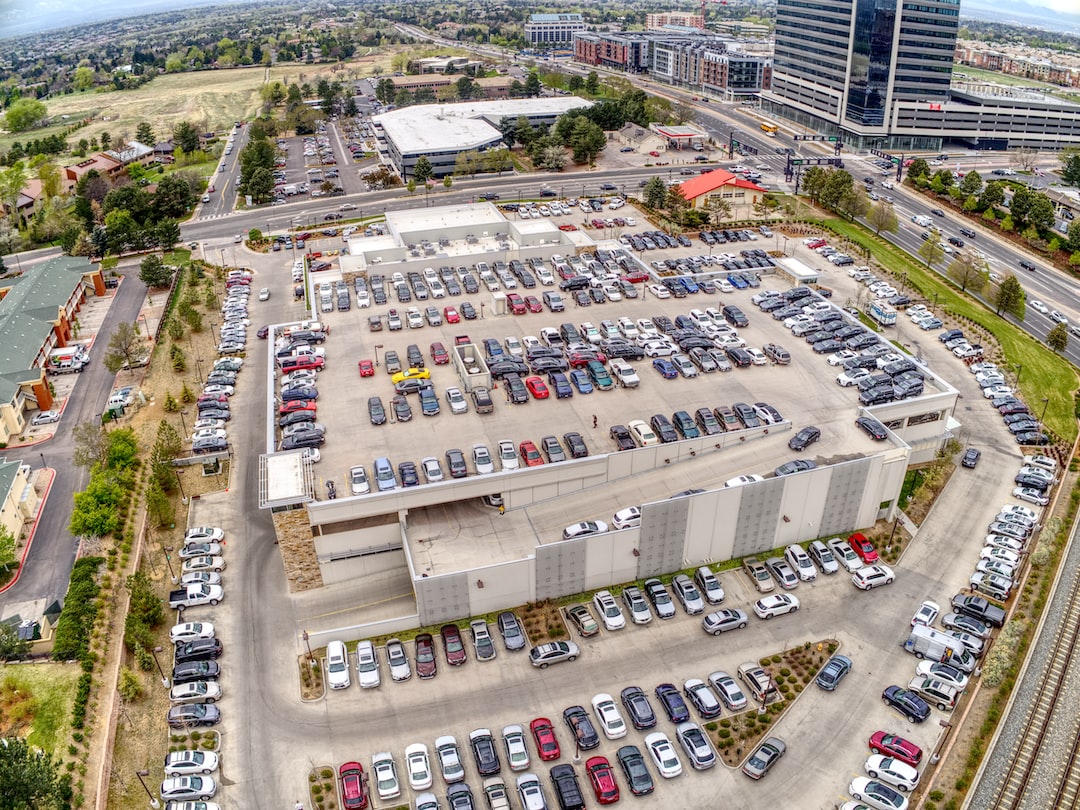The Role of Virtual Reality in Vehicle Design: How VR is Revolutionizing the Manufacturing Process
Introduction
Virtual reality (VR) has become an increasingly popular technology in various industries, and the automotive sector is no exception. It is revolutionizing the vehicle design and manufacturing process by minimizing costs, saving time, and improving overall efficiency. In this blog post, we will explore how virtual reality is reshaping the automotive manufacturing landscape.
1. Enhanced Design Process
Traditionally, car designers relied on physical prototypes to visualize their ideas. This process was expensive, time-consuming, and often had limitations in terms of making changes on the fly. However, VR has changed the game by providing designers with an immersive platform to see their concepts come to life before actually building anything physical. With VR, designers can explore different options and make adjustments easily, ultimately leading to better, more innovative designs.
2. Realistic Visualizations
One of the remarkable features of VR is its ability to create realistic virtual environments. This is particularly beneficial for vehicle design, as it allows designers to test different lighting conditions, view the vehicle from various angles, and even simulate real-life scenarios. By experiencing the vehicle in a virtual environment, designers can identify areas needing improvement and visualize the final product with a high degree of accuracy.
3. Interactive Prototyping
Traditional prototyping methods involve building physical models, which can be time-consuming and expensive. With VR, designers and engineers can create interactive prototypes virtually, without the need for physical materials. This opens up new possibilities for collaboration, accelerating the design and iteration process. By sharing a virtual environment, different teams can provide real-time feedback, test different functionalities, and make adjustments instantaneously.
4. Ergonomic Assessments
Incorporating VR into the automotive design process enables ergonomic assessments in a virtual environment. This helps designers and engineers identify potential issues related to driver and passenger comfort, visibility, and ease of use. By testing the ergonomics virtually, automakers can make necessary adjustments early in the design phase, thereby reducing costly mistakes and ensuring optimal user experience.
5. Cost and Time Savings
VR technology significantly reduces the cost and time involved in the vehicle design and manufacturing process. With traditional methods, creating physical prototypes can take weeks or even months. By leveraging VR tools, automakers can cut down this time considerably, allowing for faster iterations and bringing products to market more quickly. Moreover, VR eliminates the need for expensive materials and physical production, resulting in substantial cost savings for manufacturers.
6. Training and Simulation
In addition to design advancements, VR has also found applications in training and simulation. Automotive manufacturers can use VR to train assembly line workers, allowing them to familiarize themselves with complex processes, identify potential errors, and develop skills safely in a controlled virtual environment. Moreover, simulation exercises can be carried out to test different production scenarios, assess workplace safety measures, and optimize the manufacturing workflow.
7. Improved Customer Experiences
Virtual reality is not just limited to the design and manufacturing stages; it also enhances the customer experience. Automakers can create digital showrooms where potential customers can explore different vehicle models, customize specifications, and even take virtual test drives. This immersive experience enables consumers to make informed decisions and develop a deeper connection with the product. Additionally, VR can also be utilized for virtual vehicle configurators, allowing customers to personalize their vehicles according to their preferences.
Conclusion
Virtual reality has rapidly transformed the automotive design and manufacturing process, enabling automakers to create more innovative, cost-effective, and user-friendly vehicles. From enhanced design capabilities to realistic visualizations, interactive prototyping, ergonomic assessments, and improved customer experiences, VR has become an indispensable tool in the automotive industry. As the technology continues to evolve, we can expect even more exciting developments and a further revolutionizing of the manufacturing process.

